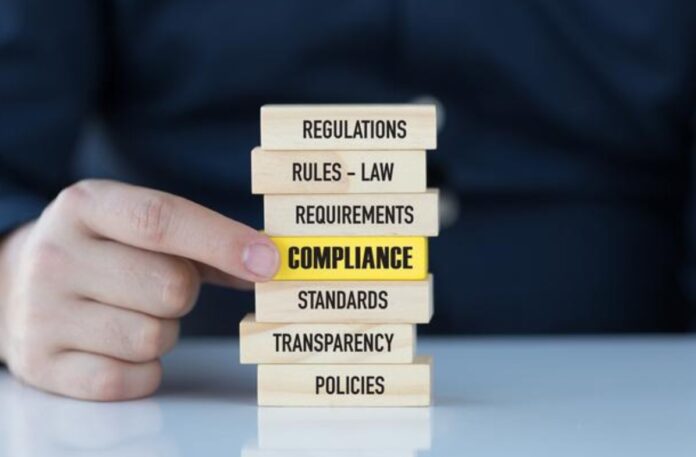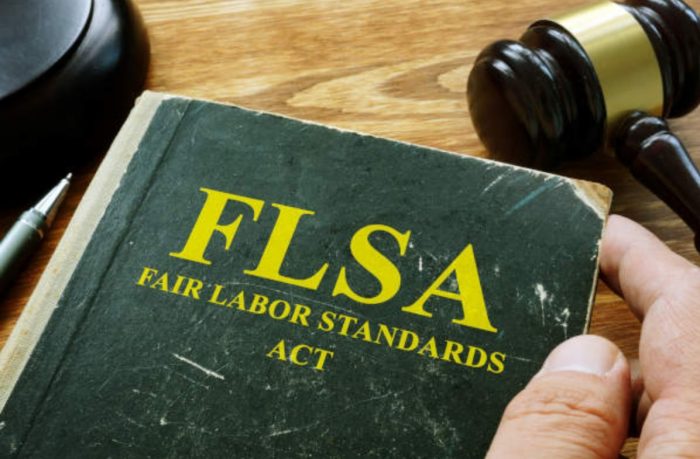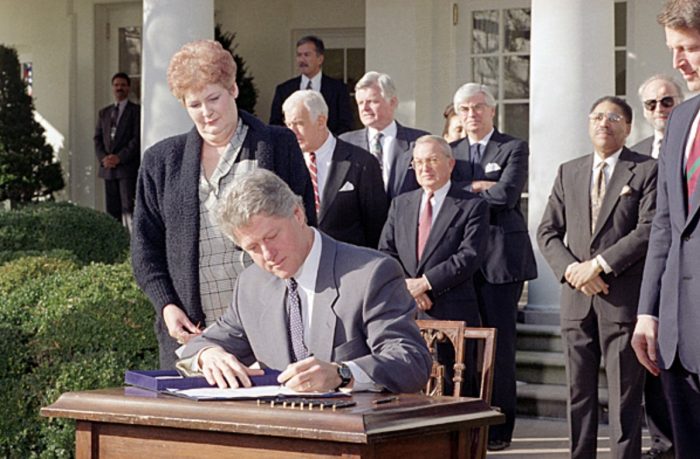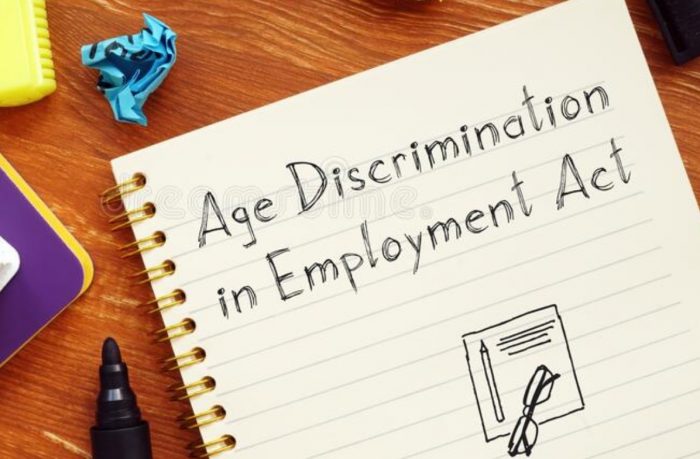
Graduating from school and finally being able to work is something we have been waiting for, for a long time. But whatever we see in movies is not real, some of it is true and some are just a story. In real life, there are things that will bother you and you have to be prepared for dealing with the same. There are times when a co-worker might harras you, but being a senior might put you through the chaos. Often these kinds of things that you think there is no escape to. But these incidents introduce you to mental disorders. Which reduces your interest to work.
The worst part is when you are not a fresher and you have given many years behind your profession. These kinds of situations just don’t fit with healthy work. Plus, you have come this far not just to give in, right?
We work in institutions, but sometimes, it becomes difficult for us to cope with the environment. Some of your hardships can be dealt with as there are laws to protect you. Over the years, many laws have been passed by the government to ensure the safety and security of the employees at the workplace. It is important to know these laws so that the employees can protect themselves.
Let’s take a look at these laws:
1. Fair Labor Standards Act (FLSA)

In the year 1938, the FLSA was passed. It was towards the end of the Great Depression. Franklin D. Roosevelt wanted to develop the poor working conditions most employees had to experience at the time of the Industrial Revolution. The aim was to ban child labor and ensure that every employee has a minimum wage and gets paid for working overtime.
According to FLSA, an employee should not work more than a 44 hour work week and have a $0.25 minimum wage. Children under the age of 14 were banned from working and any individual under the age of 18 was prohibited from doing any dangerous job.
Over the years, the Fair Labor Standards Act was revised numerous times. Like, in the year 1940, maximum working hours were 40 hour work week and the minimum wage was revised multiple times and finally set to $7.25 in 2009.
The Act affects almost the entire population to a certain degree. This acts as a shield and protects employees in numerous ways.
2. The Family and Medical Leave Act (FMLA)

This Bill was initially rejected by congress. However, The Family and Medical Leave Act was later signed in the year 1993. President Bill Clinton wanted to give protection to workers who need leaves because of some serious medical conditions. This can range from the employee being sick to his or her parents or bonding with a new baby.
The FMLA allows protected leaves to workers from their job so that they can take care of an ill child, parent, or spouse, or bond with a new child or an adopted child. One can get leaves for taking care of his or her own medical conditions.
Further, if an employee gets injured, he or she can take time off under the FMLA. While expecting pregnancy or to adopt a child, this leave can be combined with maternity leave.
3. Occupational Safety and Health Act (OSHA)

The Occupational Safety and Health Act (OSHA) was signed under President Richard Nixon in the year 1970. This was done due to the higher number of workplace deaths at that time. The number of deaths stood somewhere around 14,000 in the year 1970 alone. The was brought in to ensure safety at the workplace by making sure that safety standards were maintained, and all employees had proper knowledge and training for the job.
Since the introduction of this will, there has been a huge decline in the number of deaths per year at the workplace. All employees have to strictly follow the safety standards and guidelines. Also, employees should be educated and trained in safe practices. Proper protective gear should be available at all times while working in dangerous conditions.
The Occupational Safety and Health Act had a huge impact and only 4,340 people died in 2009. Many laws are introduced to ensure minimal risk while performing dangerous jobs.
For complaining regarding any workplace hazards, or about the employer who is not maintaining all safety regulations, OSHA is important as well.
4. Civil Rights Act

Civil Rights Act was introduced in 1964. It is one of the most significant Acts that spurred many workplace laws. The Act was first proposed by John F. Kennedy and signed later by President Lyndon B. Johnson. It abolished discrimination of employees at the workplace on the basis of religion, gender, or race by employers.
The Civil Rights Act makes all discriminations at all public places illegal. One cannot deny service to someone because of skin color.
The significance of the Civil Rights Act is that it has set in motion many other laws that ensure all employees receive fair treatment.
5. Age Discrimination in Employment Act (ADEA)

The Age Discrimination in Employment Act (ADEA) was established after the Civil Rights Act. This ensured that no employee gets discriminated on the basis of age while getting fired, promoted, or hired. If anyone is a victim of age discrimination at the workplace, he or she can get in touch with a law firm like Dychter Law for a lawsuit or claim.
Conclusion
Now that you know these laws, you must act when you face something uncomfortable. This will help in protecting yourself as an employee and also show that you are a good citizen who utilizes the given laws to make the city a better place. We spend the maximum of our time in our workplace, hence making it safe is our duty. We have to make it safe for us, and the others who are working alongside us. There are many things that the employer will not provide us with, or create issues for us. These are the times we have to recognize the true intention and file the lawsuit needed.
















